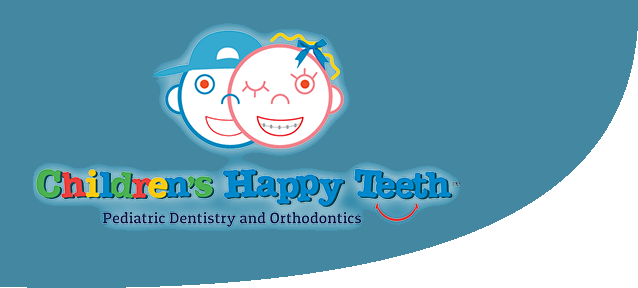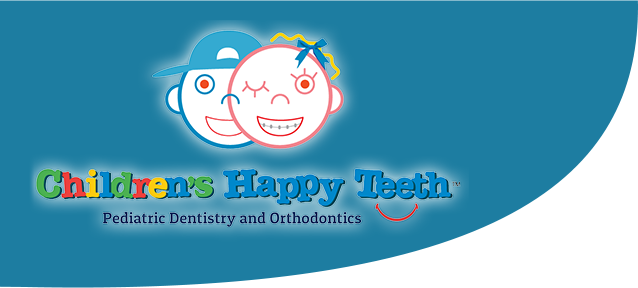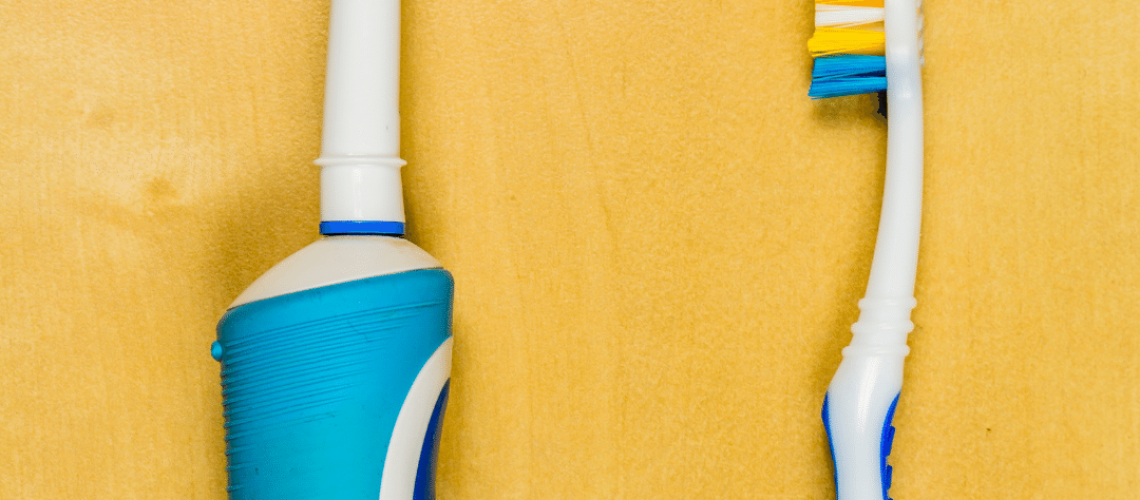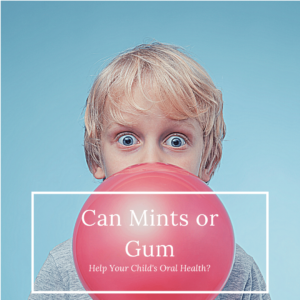Any parent who has gone shopping for their child’s toothbrush knows there are many different types of toothbrushes to choose from. While there are a variety of different toothbrushes, all toothbrushes fall into two main categories: electric and manual. Whenever you have two or more options, most people want to know which option is the best option. Such is the case with electric vs. manual toothbrushes. To answer that question, we must take a deeper look at these two types of toothbrushes.
Manual Toothbrushes
Manual toothbrushes are the traditional type of toothbrush that has been used by various cultures for centuries. In the past, ancient civilizations made manual toothbrushes from things like animal bone, twigs, and animal hair. As societies evolved, so did the manual toothbrush. Nowadays, manual toothbrushes are composed of a plastic handle with nylon bristles. There are different variations of toothbrush handles that are either straight, curved, or angled. Some handles also have rubber grips to help children grip them better.
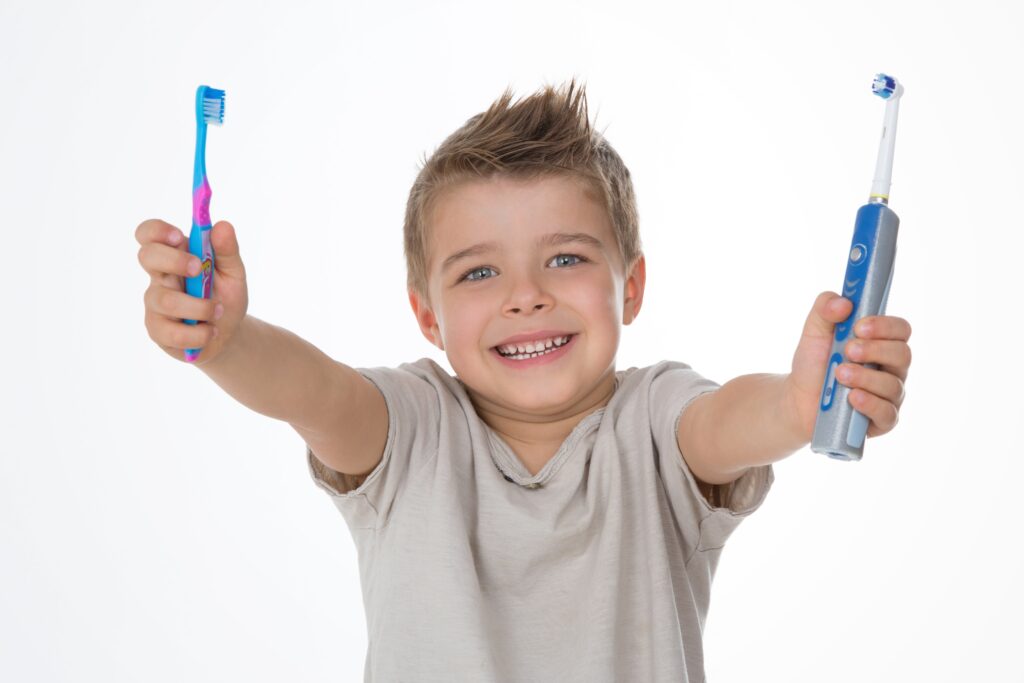
Manual toothbrushes are ideal for children because they:
- Are readily available
- Don’t require an electric charge to function
- Are affordable (around $1-$3)
- Come with different sizes and styles of heads
However, manual toothbrushes do not offer the same type of technology as electric toothbrushes. Because of this, children may accidentally brush their teeth too hard and/or not brush for the full two minutes.
Electric Toothbrushes
Electric toothbrushes are the most recent modern advancement in toothbrushes. Once charged, electric toothbrushes average 6,000-30,000 strokes per minute in order to clean the surface of the teeth. Additionally, certain types of electric toothbrushes contain timers that automatically shut the toothbrush off at two minutes, as well as technology that can determine if too much pressure is being applied while brushing. Some electric toothbrushes can even be used with dental phone apps to make tooth brushing more exciting for children.
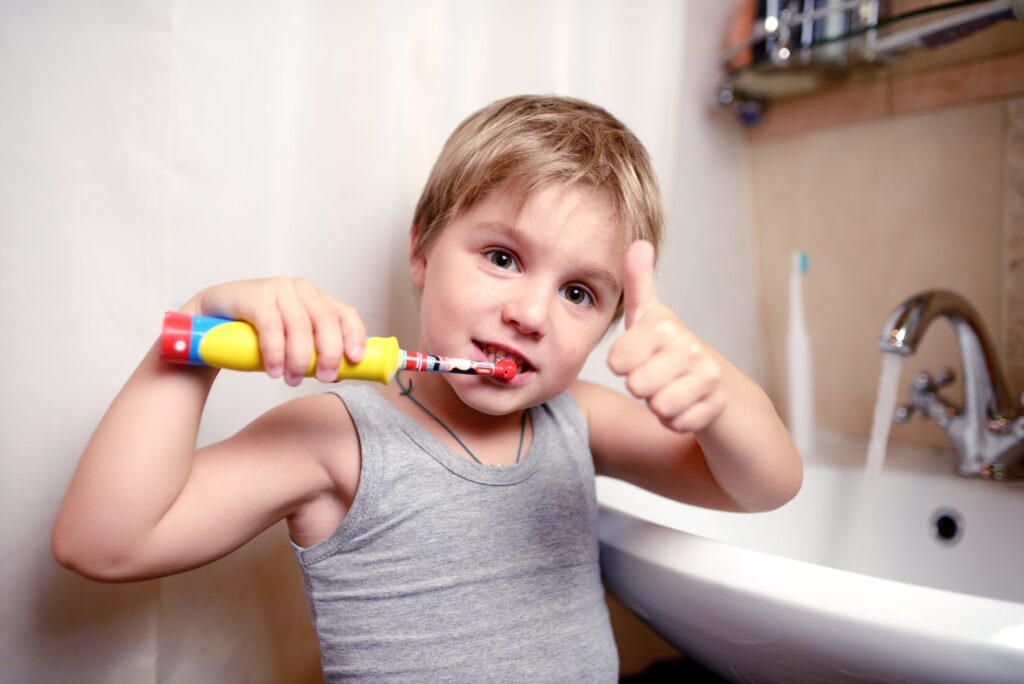
Electric toothbrushes are ideal for children because they:
- Do most of the “brushing” work
- Remove more plaque than manual toothbrushes
- Can engage children with phone apps
- Can teach your child to brush correctly and for the right amount of time
- Are especially good for children with braces or orthodontic appliances
However, electric toothbrushes are also significantly more expensive than manual toothbrushes. Depending on the functions an electric toothbrush has to offer, they can range anywhere from about $15-$250. Replacement heads are also an additional cost that must be factored in as well. It can also be hard to find replacement heads in some cases. Another potential problem with electric toothbrushes is that brushing with the wrong technique can do more harm than good, especially if the toothbrush does not have brushing sensors. Finally, some children do not like the vibrations of an electric toothbrush.
When it comes to picking the best toothbrush for your child, you will need to carefully consider your child’s oral habits. Children who brush their teeth twice a day for two minutes with little to no arguments can generally have oral health success using a manual toothbrush. However, children who cannot brush properly, do not brush long enough, constantly fight you to brush their teeth, or who have fixed orthodontic appliances may benefit from using an electric toothbrush. If you are unsure about what toothbrush to buy your child, you can always discuss this with your child’s dentist during your child’s dental exam.
